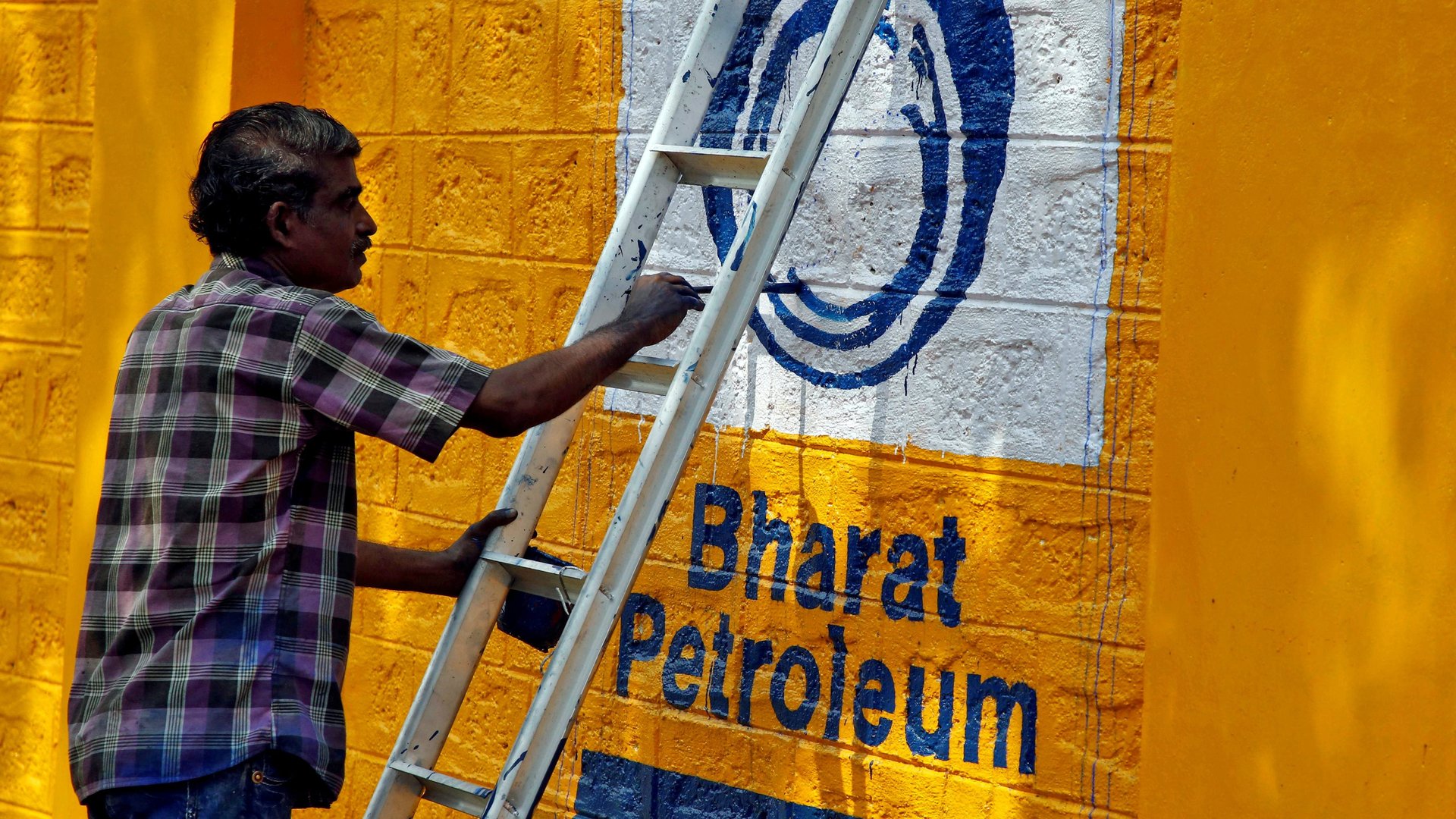India’s reluctance to raise fuel prices has created a major domestic shortage
The Indian government has cut excise duty on petroleum products twice over the past year to make things easy for Indian households grappling with high consumer prices. And the country’s oil companies have to bear the loss.


The Indian government has cut excise duty on petroleum products twice over the past year to make things easy for Indian households grappling with high consumer prices. And the country’s oil companies have to bear the loss.
Under these circumstances, oil marketing firms such as Oil and Natural Gas Corporation (ONGC), Reliance Industries (RIL), Oil India, and Vedanta’s Cairn Oil and Gas, among others, have resorted to export of petroleum products to Europe and Australia for better monetary returns.
This, however, has resulted in a fuel shortage domestically, with many petrol pumps in several states even shutting down.
To address the shortage, the central government, on July 1, imposed a windfall tax on crude oil produced locally and also levied additional excise duty on exports of petrol, diesel, and aviation turbine fuel.
“As exports are becoming highly remunerative, it has been seen that certain refiners are drying out their pumps in the domestic market. In view of this, cesses equal to 6 rupees ($0.08) per litre on petrol and Rs13 per litre on diesel have been imposed on their exports,” a government statement said.
What is causing the fuel shortage in India?
Oil prices have surged globally since the Russian invasion of Ukraine in February.
India imports around 85% of its crude oil requirements. Following severe shortages internationally, prime minister Narendra Modi’s government took advantage of the deep discounts at which Russia is selling fuel.
India is now the second-largest importer of Russian crude.
Given the conditions, many oil marketing companies in India were not willing to sell fuel products at a loss since retail prices have not risen in the country in consonance with global prices. This led the oil marketing companies to lose up to Rs20-25 per litre on diesel and Rs10-15 per litre on petrol. Instead, they began opting for exports over selling at a loss within India.
For instance, in May, RIL’s Jamnagar refinery in Gujarat received 27% of its oil from Russia in May, up from 5% in April. Further, about 20% of exported cargoes from the facility left for the Suez canal, probably heading towards Europe or the US, The Guardian reported.
The recent measures are, therefore, aimed at discouraging companies from exporting petrol and diesel, and thereby help ease the fuel situation in the domestic market.
Besides, it comes with an added benefit for the government.
Making up for the shortfall in government revenues
The two consecutive cuts in fuel tax had raised questions about the strain on the government’s finances.
In May, when the government decided to cut the excise duty on petrol by Rs8 and on diesel by Rs6 per litre to reduce inflationary pressures, experts had estimated the cost to the exchequer would increase by Rs85,000 crore in the ongoing fiscal.
The government’s latest move is likely to make up for that revenue loss and improve the country’s fiscal situation by Rs1.1 lakh crore, Nomura economists said in a research note.
“The measures are non-inflationary, but we do not expect any improvement in the current account. While we may see a positive impact on the centre’s fiscal finances by Rs1.1trn (0.4% of GDP), we also consider the uncertainty of whether these taxes will sustain throughout the year,” they said.